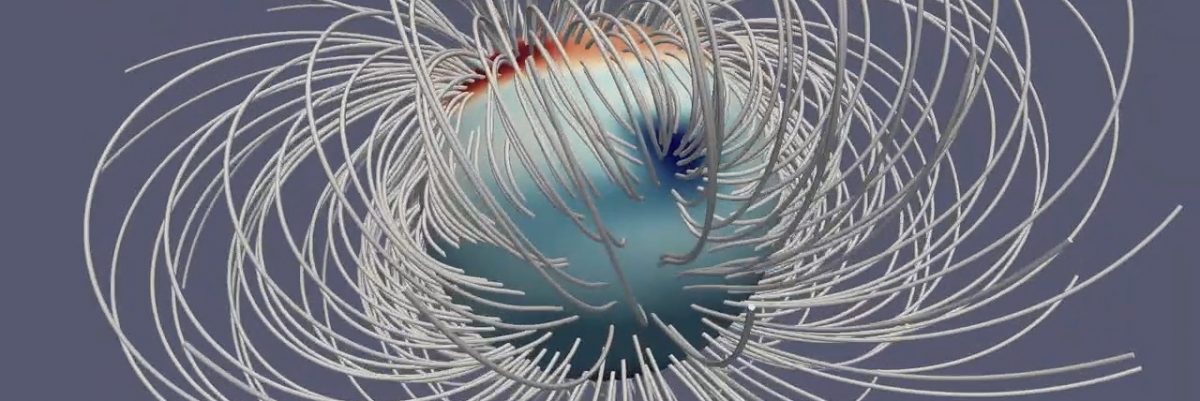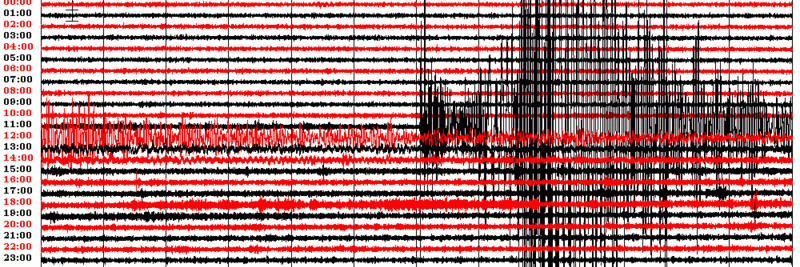Welcome to the Geophysics Group, where research focuses on the structure, physical properties and dynamics of the Earth and planets. Graduate study in geophysics may be done either with faculty advisors in the Physics program (Cormier) or the Geoscience program (Liu). Our group is an active member of NSF sponsored consortia in seismology (IRIS) and geophysical software (CIG). Recent research includes:
Deep Earth Structure
- Inner core: The solidification of Earth’s inner core drives fluid motion in the electrically conducting metallic outer core, creating and sustaining Earth’s magnetic field. We are using seismic waves interacting with the boundary of the inner core to determine the detailed elastic structure of the inner core boundary. Knowledge of this structure will help constrain the processes of inner core solidification and heat transport in Earth’s deep interior in their relation to the temporal and spatial variations in Earth’s magnetic field.
- Mantle: The mineralogy and lattice structure of Earth’s mantle exhibits changes both vertically and laterally, affecting seismic waveforms and the coherence of seismic body waves recorded by surface arrays of seismometers through focusing, defocusing, and scattering. We are extending a method of inverting amplitude and travel time coherence of seismic body waves to reveal the majority of mineral lattice changes predicted for the silicate minerals composing Earth’s mantle.
Nuclear Test Monitoring
- Source mechanisms: We incorporate effects of source radiation patterns and depths in a radiative transport technique (ray trajectories of elastic energy packets) to model the envelope of high frequency seismograms at local and regional distances (10 to 1500 km) to assist in the detecting the differences in the waveforms of underground nuclear tests from those of earthquakes.
- Effects of crustal structure: Variations in the thickness of Earth’s crust can affect the amplitude of S body waves trapped in Earth’s crust. These crust-trapped S waves are better excited by earthquakes than explosions but are sometimes blocked by crustal thickness variations. We are applying radiative transport modeling to laterally varying crustal structure to simulate blockage and scattering of the Lg wave by zones of crustal thinning and thickening.



